Carver MeadElectronics Engineer and Applied PhysicistAdvanced Technology

How can we deal with the extremely complicated VLSI system design?
Leading Contributions to the Establishment of the Guiding Principles for VLSI Systems Design
Carver Mead/ Electronics Engineer and Applied Physicist
Carver Mead proposed and promoted a new methodology to divide the increasingly complicated design process of very large-scale integration (VLSI) systems into logic, circuit, and layout designs, and to separate them from the manufacturing process. He also contributed greatly to the advancement of computer-aided design technology and paved the way to the electronic design automation of VLSIs that led to the immense development of VLSI-based electronics and industry.
KEYWORDS
- #VLSI systems
- #Separation of system design from device fabrication
- #CAD technology for VLSI system design
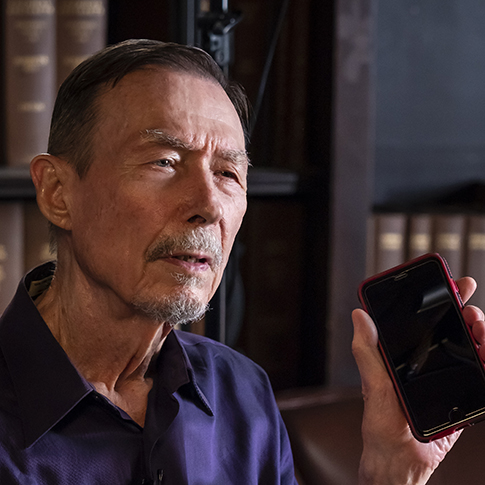
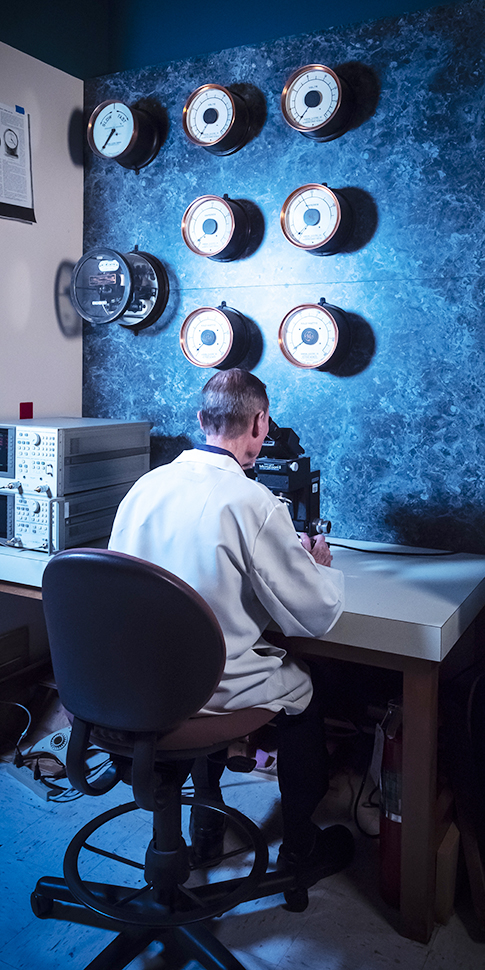
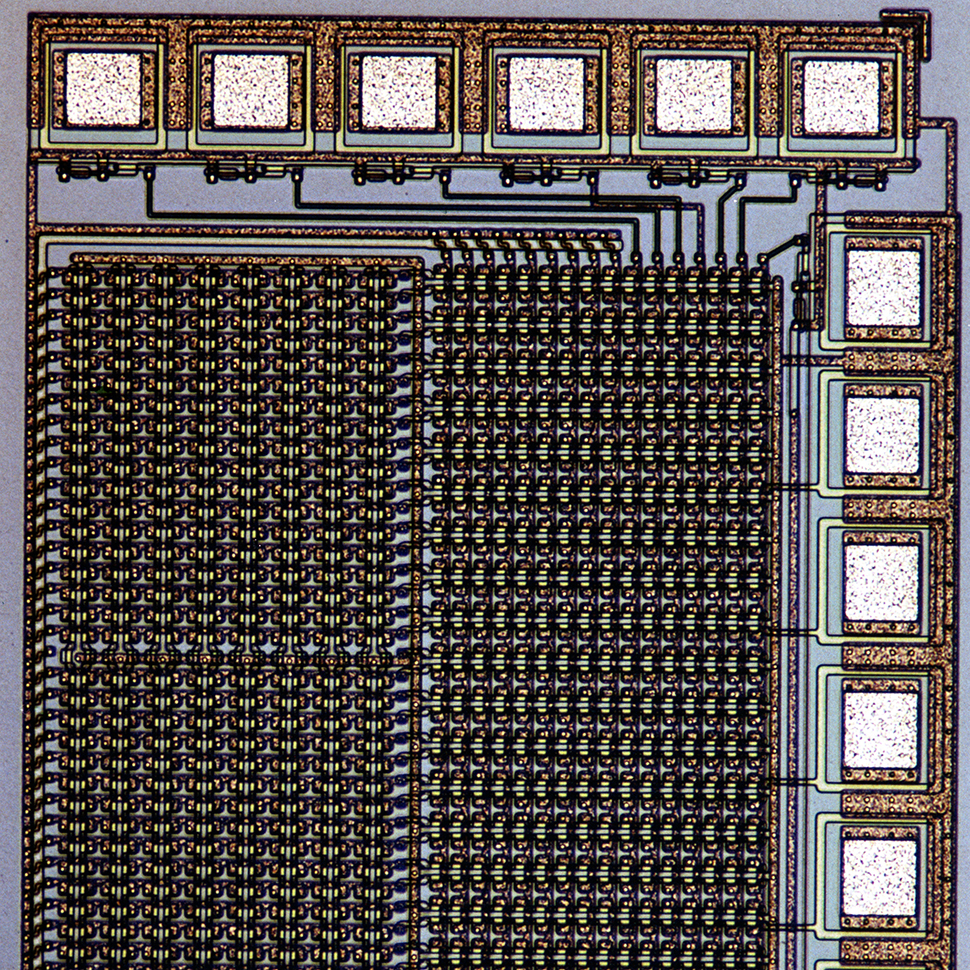
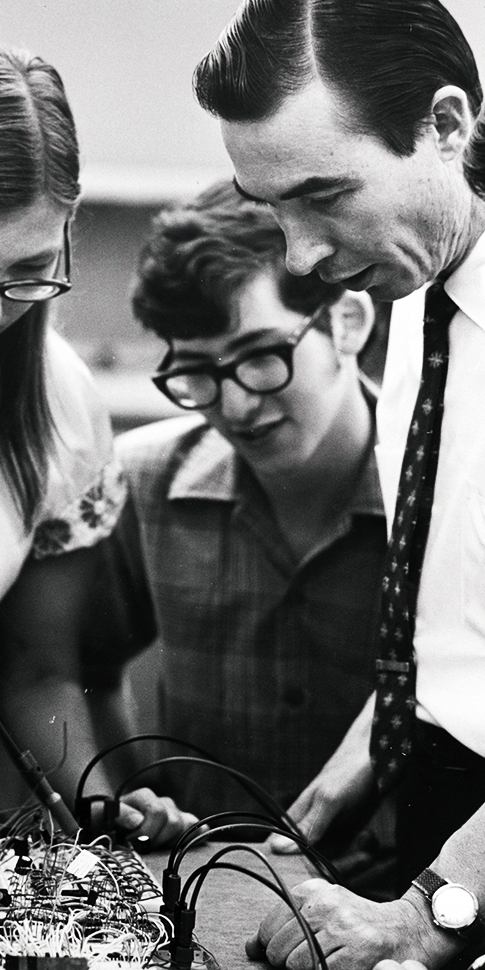

Introduction
Commemorative Lecture
A Personal Journey Through the Information Revolution
A number of innovations were required before it was practical to design complex integrated circuits, containing millions of transistors, and create the mask patterns for their production. First, the semiconductor community needed to be convinced that ultra-small transistors would function properly. Then a design paradigm was needed wherein all stages of the design—Function, Architecture, Logic, Circuit, and Mask Geometry—were specified by computer programs rather than by hand drawings, and that an overall interconnection strategy guided all steps of the design. Then computer tools were needed that would generate pattern-generation code for a computer-driven precision pattern generator. Once such a design paradigm was shown to generate working VLSI chips, it was necessary to create a unified view of the physical integrated circuit that could be understood by non-specialists, and incorporate the entire corpus of material into an academic course. The result has changed the world.
A problem was no longer, "How do you make better transistors?" It was, "How could you ever make anything with 10 million moving parts and have it work?"
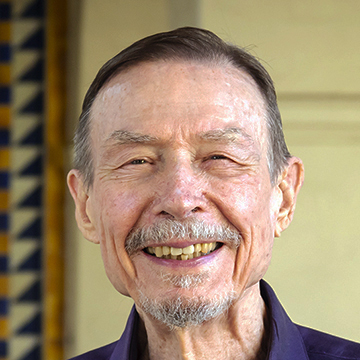
Carver Mead/ Electronics Engineer and Applied Physicist
Profile
Biography
- 1934Born in Bakersfield, California, U.S.A.
- 1959–1962Assistant Professor, California Institute of Technology (Caltech)
- 1960Ph.D. in Electrical Engineering, Caltech
- 1962–1967Associate Professor, Caltech
- 1967–1977Professor, Caltech
- 1977–1980Professor of Computer Science and Electrical Engineering, Caltech
- 1980–1992Gordon and Betty Moore Professor of Computer Science, Caltech
- 1992–1999Gordon and Betty Moore Professor of Engineering and Applied Science, Caltech
- 1999–Gordon and Betty Moore Professor of Engineering and Applied Science, Emeritus, Caltech
Selected Awards and Honors
- 1971Thomas D. Callinan Award, Electrochemical Society
- 1981Achievement Award (with Lynn Conway), Electronics Magazine
- 1984IEEE Centennial Medal
- 1984Harold Pender Award (with Lynn Conway), University of Pennsylvania
- 1985AFIPS Harry H. Goode Memorial Award
- 1985John Price Wetherill Medal (with Lynn Conway), Franklin Institute
- 1987Honorary Doctorate, Lund University
- 1987Walter B. Wriston Public Policy Award, Hudson Institute
- 1991Honorary Degree, Doctor of Science, University of Southern California
- 1996IEEE John Von Neumann Medal
- 1997ACM-AAAI Allen Newell Award
- 1999Lemelson-MIT Prize
- 2001Dickson Prize in Science, Carnegie Mellon University
- 2002National Medal of Technology and Innovation
- 2003Simon Ramo Founders Award, National Academy of Engineering
- 2009National Inventors Hall of Fame Inductee
- 2011BBVA Foundation Frontiers of Knowledge Award in Information and Communication Technologies
- MembershipsAmerican Academy of Arts and Sciences, American Physical Society, Franklin Institute, IEEE, National Academy of Engineering, National Academy of Inventors, National Academy of Sciences, Royal Swedish Academy of Engineering Sciences
Profile is at the time of the award.
- Advanced Technology
- Basic Sciences
- Arts and Philosophy

